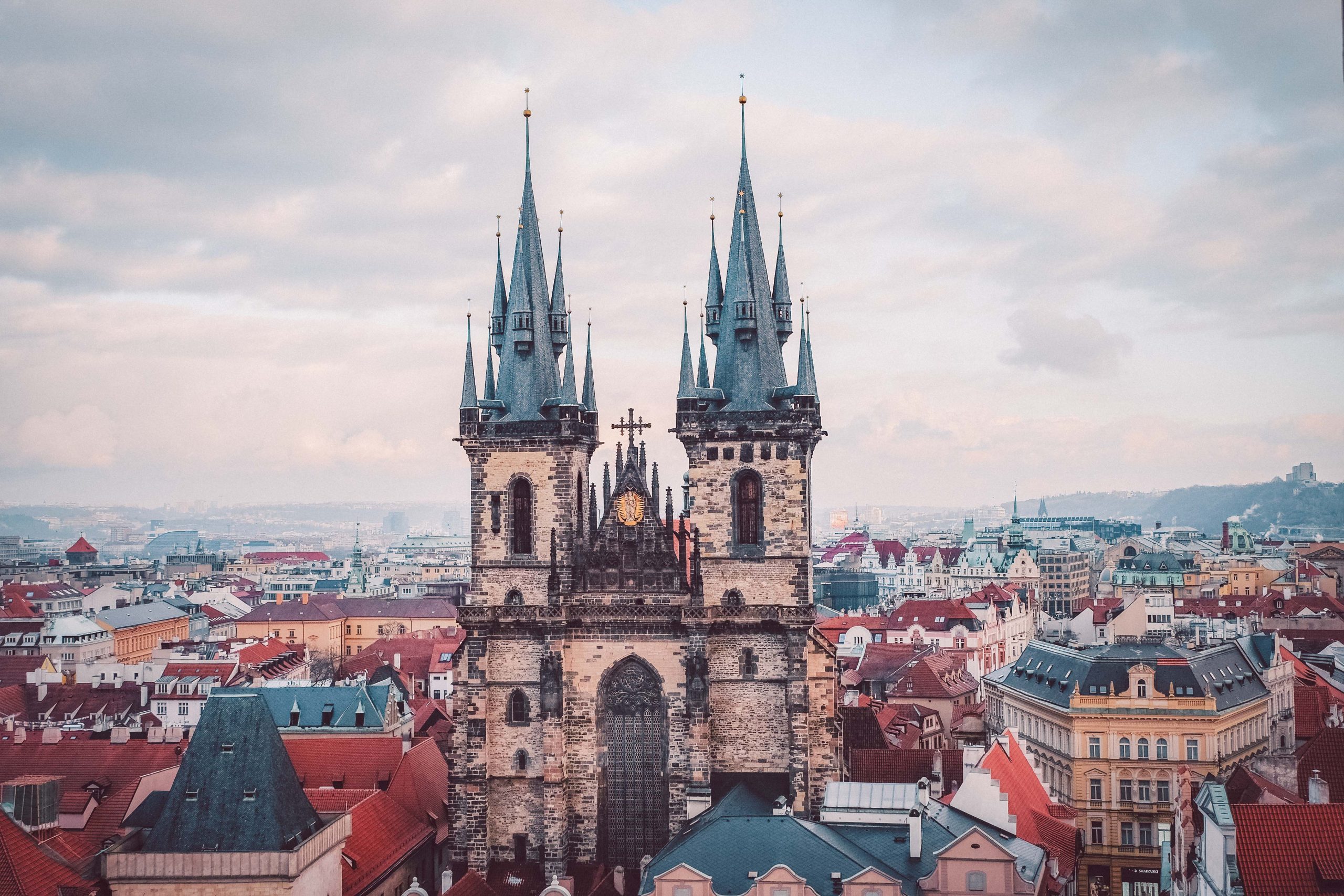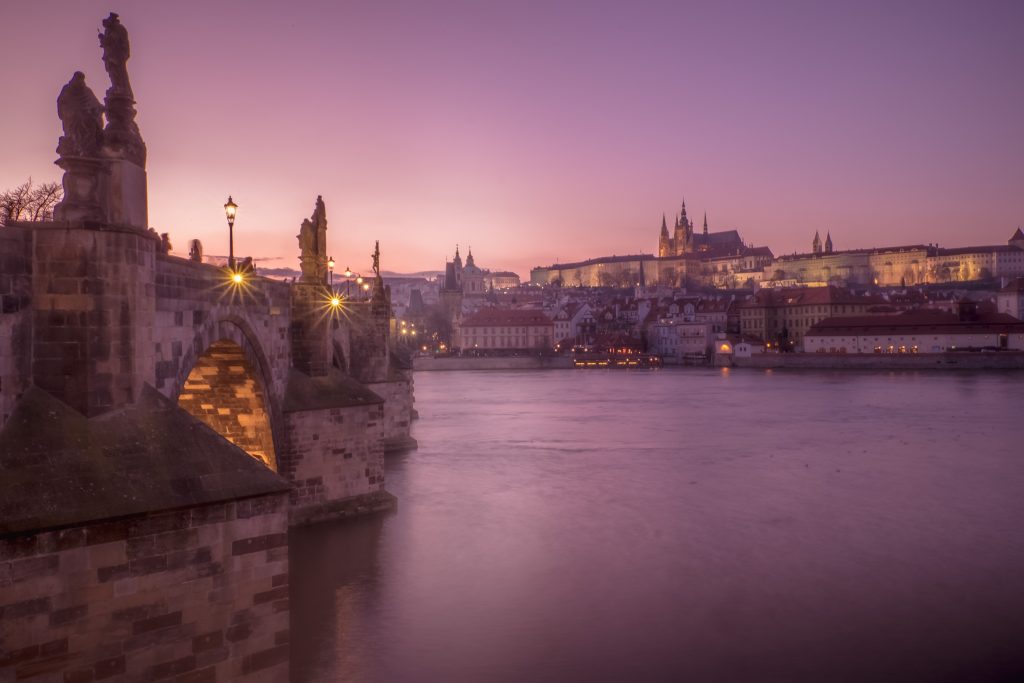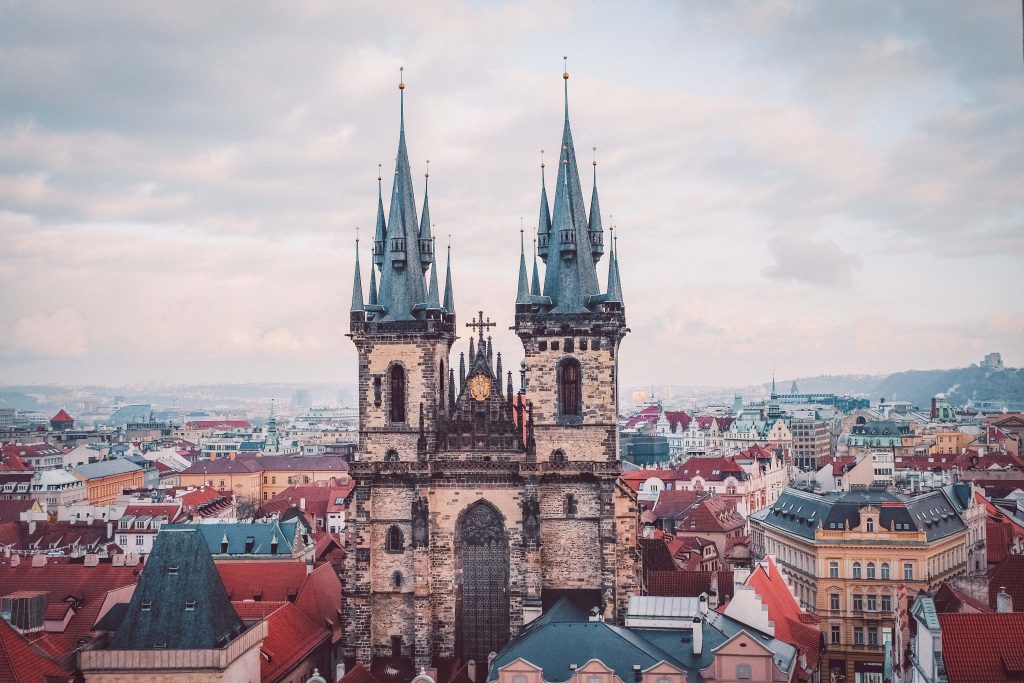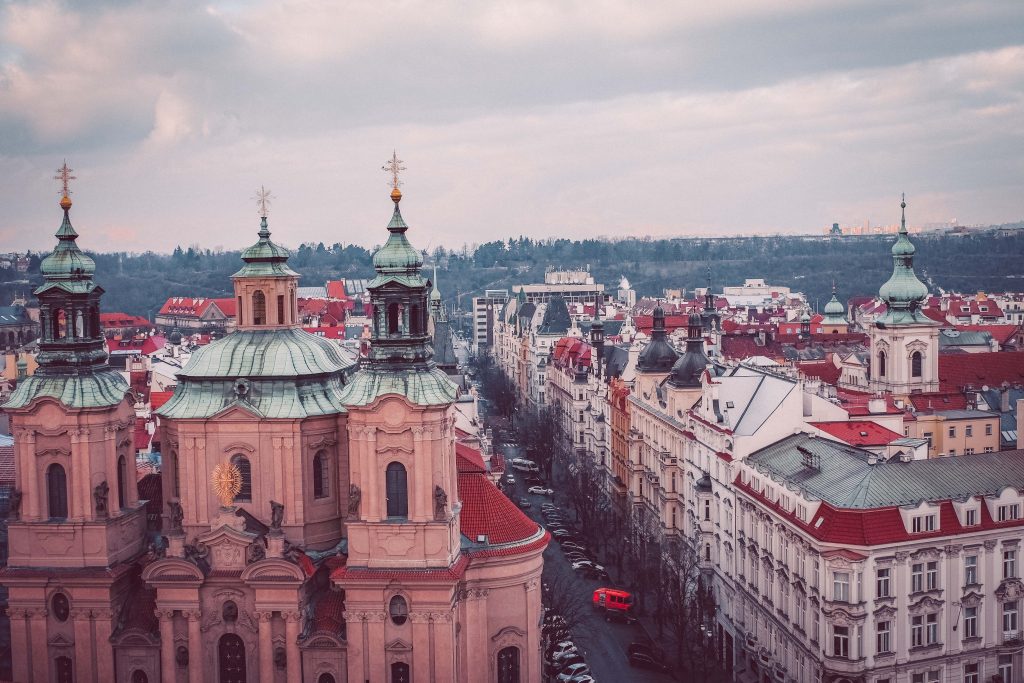The Czech Republic is a charming country in Central Europe known for its ornate castles, rich history, and beautiful landscapes, ranging from the rolling hills of Bohemia to the cultural vibrancy of Prague.
Gastronomy
There’s just something unique in Czech cuisine. Because the country has a long history, often filled with strife, the food that its people ate often reflects this. While today Czech cuisine is much more meat-based than in the past, it still counts as one of the richest and most filled with flavour in all of Europe. With meals like the traditional beef steak tartare and Czech goulash, eating local tradition food feels like a continuous culinary blessing. And that’s without even mentioning some of the world’s finest beers – because Czech beer is totally outstanding!
Culture
Due to the position of the Czech Republic, and its historic ancestors in the heart of Europe, Czech culture is very diverse.
The art scene is constantly on the forefront, and it’s no surprise that the term Bohemian is defined as someone who is unburdened by the worries of tomorrow. There is even an old saying in the country which states that every Czech is a musician.
Dynamic Cities
With a history as varied as the Czech’s, it is no wonder its cities are so alive. And even though Prague is one of the world’s most famous destinations, it’s not the only city which feels like a living being. Cities like Karlovy Vary, Brno, Kutna Hora, and many more, all have distinct emotions tied to their existence, and yet feel so intrinsically Czech. It’s a dynamic that other countries in the world can only dream of, and yet Czech cities pull it off with ease.
Know Before You Go
There are plenty of options to see or do in the Czech Republic and this guide will help you get started on your travel itinerary. Regardless of if you are after an experience of the nation’s culture, nature, or food, here are some important things to know before you go:
Accommodation
When choosing accommodation in the Czech Republic, the nightly rates can vary significantly based on where you book. The average nightly rates in small towns are 175 CZK but can go up to 400 CZK a night in major cities like Prague.
Dining
When it comes to dining, you’ll pay more when you eat at a fast-food chain than in a local but inexpensive restaurant. This is another incentive to try out local Czech cuisine!
Transportation
Trains are the major public transportation in the Czech Republic. Don’t expect modern trains, though. Inter-city buses offer another cheap way to get around.
Sceneries
When you visit the Czech Republic, no trip is complete without exploring a castle. Prague Castle is one that you shouldn’t miss. Natural sceneries also abound. Do check out the Punkva Caves, Rešov Waterfalls, Podyjí National Park, and more.
The nightlife scene in the Czech Republic, meanwhile, starts a bit later than most in Europe (10 PM).
Best Time to Visit
The Czech Republic is slowly becoming one of the top tourist destinations in Europe. Once known as a hidden gem, the stunning architecture, medieval squares, and great food of this country are now getting a lot of buzz among interested tourists.
Whether you plan to go to Prague or Cesky Krumlov, it is important to know when to go so you can have uninterrupted sightseeing. In general, the best time to visit the Czech Republic is from March to May and September to November.
The peak of the tourist season is from June to August. During these months, you can expect the best weather conditions – not too cold, not too hot. If you want to snag great deals on your airfare or hotels, visit during the low season: November to March.
What to Expect
Make the most of your time in the Czech Republic. Here is some information you need to know to help plan your trip:
Currency
The currency of the Czech Republic is the Czech Koruna.
Language
The official language is Czech.
ATMs
It is easy to find an ATM to get money from while travelling around the country. Do take note of the bank fees for every transaction, though.
Plugs
Two plug types are used in the Czech Republic: plug type C and E. Type C comes with two round pins, while the plug type E comes with two round pins and one hole.
Safety
the Czech Republic ranks as among the top 10 safest countries in the world. You should not be concerned about your safety when you visit the country. But as with any tourist destination, it pays to be vigilant against pickpocketing or minor crimes against tourists. Be extra careful when visiting crowded tourist attractions or try to blend in among locals.
Climate
The Czech Republic features a typical European continental climate. The daily temperature is expected to average 18 degrees Celsius during the summer months, or below freezing (-1 degrees Celsius) during the winter months.
July is the hottest time of the year, while January is the coldest. The month of May is also when the Czech Republic experiences the highest amount of rainfall. Plan your visit accordingly. In general, the summers are dry and warm, while the winters are fairly cold.




